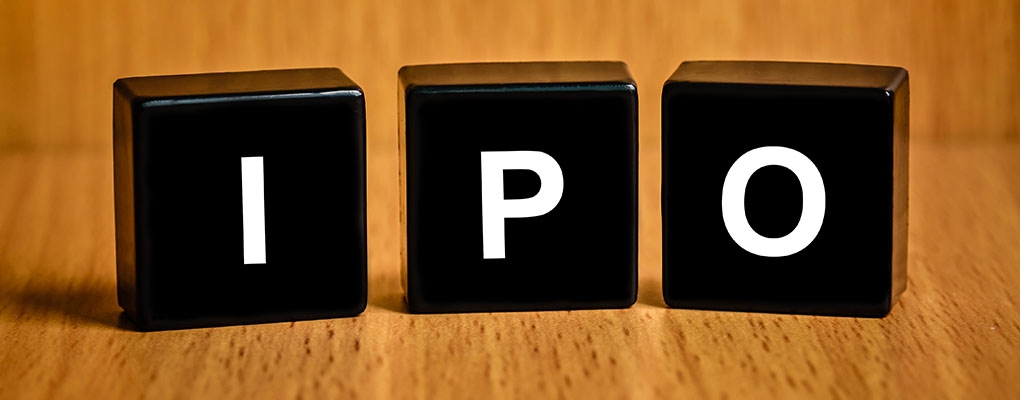Understand the ERC-20 token smart contract
Some of the less common standards are the ones used in non-fungible tokens (NFTs). Sometimes, your use case actually benefits from having unique tokens with different attributes. If you wanted to tokenize a one-of-a-kind piece of art, in-game asset, etc., one of these contract types might be more appealing.
The future of the ERC-20 standard
We’ve been building tokens for 5+ years, our tokens are used by thousands of people. Crypto Bull Run All of our tokens are pre-verified on all major block explorers, they show up as verified immediately. All our tokens go through a formal verification process to ensure they are safe and secure. Almost anything that can be owned, can also be tokenised – be it corporate shares, real estate, works of art, rights of use, vehicles…the list goes on. ERC20 compliant tokens have been issued during Initial Coin Offerings (ICOs). As you have already learned in our article about Ethereum, the objective of the Ethereum project is to develop use cases for blockchains past peer-to-peer payments.
Ethereum and ERC20 Tokens: Explained
The ERC-20 token standard allows developers to create their own tokens on the Ethereum network. It has provided an easier route for companies to develop blockchain products instead of building their own cryptocurrency. These functions provide a common structure for tokens so that they can be easily accessed, recognized, reviewed, and used. This reduces the confusion users and application developers would have if every smart contract’s token had different information contained within it. ERC-20 is a token standard that outlines specifications for tokens to follow in order to function optimally on the Ethereum blockchain. With it, developers and entrepreneurs can build new tokens that interoperate within Ethereum’s ecosystem of decentralized apps.
In other words, ERC-20 is what ensures that users can buy, swap, and HODL the many cryptocurrencies built on this standard. Without this framework, developers would create tokens using unique codebases and toolkits that could not interact with one another or protocols in predictable ways. While other Ethereum token standards do exist, ERC-20 gives wallets, exchanges, and app developers a simplified entryway into the blockchain ecosystem.
Arbitrum Sepolia Testnet
Called Ethereum Request for Comment (ERC) 20, the standard guides token creation so that tokens compatible with the Ethereum blockchain are interchangeable. ERC-20 is a format that allows developers to create their own tokens on the Ethereum network. Using computer code, the developers can set the maximum supply of their tokens and set rules for how they are issued and traded.
- If the user doesn’t have the minimum required number of tokens, the function cancels the transaction.
- These in-app currencies or digital assets created and stored on Ethereum are which are called tokens.
- Token owner can set an initial supply amount to add to the liquidity pool and can choose to lock LP tokens forever in the token contract or receive them in their wallet.
- After minting, your tokens will be immediately available to you and can be offered for sale on most decentralised exchanges immediately.
In the past, however, critics have argued that crypto tokens have drawn too much hype, becoming a vehicle for sour investments or straight-up scams. Many of the projects that raised money in the initial coin offering boom of 2017 reportedly failed to provide any returns for their investors. Today, the ERC-20 token standard outlines rules and functions for creating and managing fungible tokens that can be exchanged for equal value and replicated within the Ethereum network. In essence, token standards serve as foundational frameworks for creating and managing digital tokens on blockchain platforms.
In some cases, centralized exchanges have shut down unexpectedly, taking user funds with them. This risk can be mitigated by using well-established exchanges with a strong track record, but it is still something to keep in mind. Remember to use centralized exchanges with caution and be aware of the hazards, such as the possibility of hacking or other security breaches.
LiquidERC20 simplifies liquidity pool creation by enabling automatic pairing with native tokens (e.g., ETH) on decentralized exchanges. This ensures immediate liquidity for the token, enhancing trading opportunities and accessibility. Owners can also lock liquidity provider (LP) tokens for added trust and security. Everytime, you make a transaction on Ethereum you need to pay a fee to the miner of the block that will calculate the result of your ERC20 smart contract.












